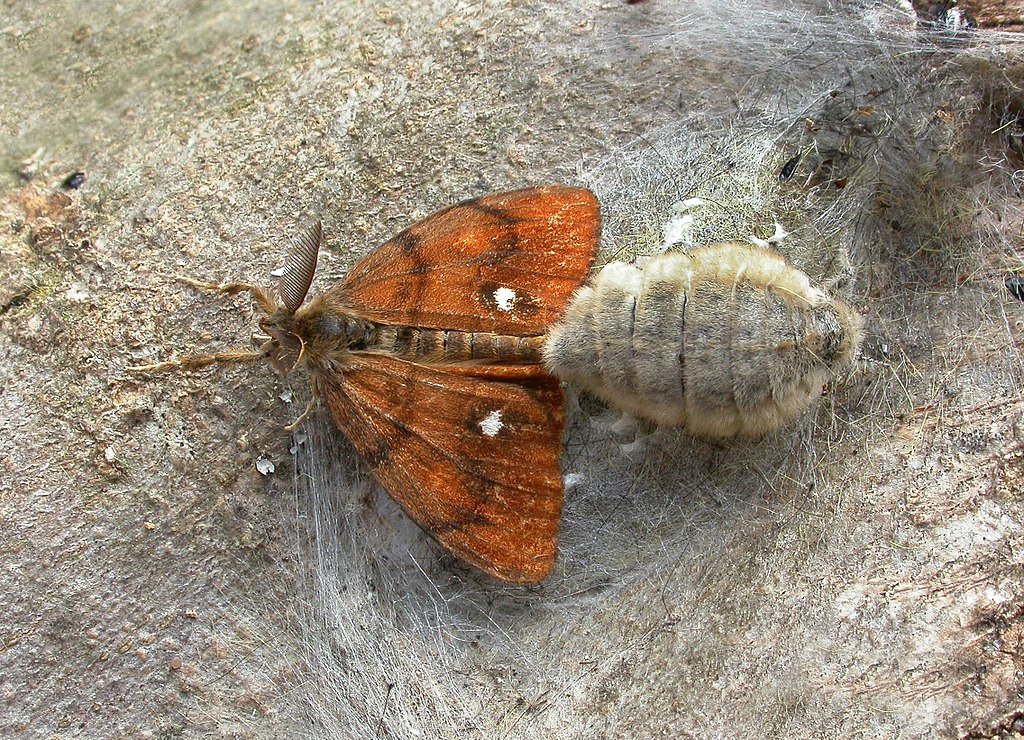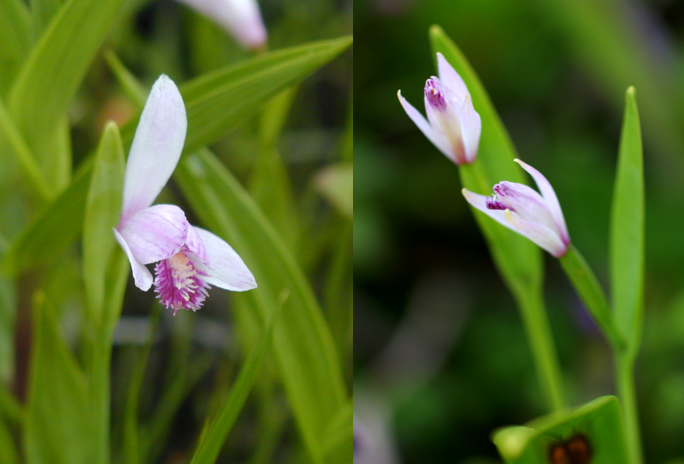Unlike humans, insects are cold-blooded, meaning that their body temperatures are governed by the temperature of their environment. As a consequence, ambient temperature affects nearly every aspect of their life. In particular, insects develop faster at higher temperatures but still remain smaller than conspecifics that developed in colder environments. In warm conditions, insects also have shorter adult lives. Moreover, for each species, there are certain tolerance limits which determine the range of temperatures under which the insects can survive.
In the context of global warming, it is essential to understand how organisms respond to increasing temperatures. A crucial question is if and how fast insects can adapt to changing temperatures: can thermal tolerance evolve fast enough to keep pace with the ongoing climate warming? Unfortunately, we usually cannot measure the pace of evolution directly: evolutionary processes are simply too slow for that. This implies that evaluating the potential for adaptive evolution to future climates should be made indirectly. For example, we can compare related species living in different thermal environments and study how quickly they have diverged from each other. It is thereby important to notice that adapting to new environmental conditions may require overcoming various constraints that slow down the rates of adaptive evolution. Adapting to new thermal environments may be particularly challenging due to physical constraints, and because temperature unavoidably has a tremendous effect on all physical and chemical processes involved in the housekeeping of any organism.
Analogous to comparing related species, we can compare males and females of the same species to see how ‘free’ the two sexes have been to reach their sex-specific optima. This is the essence of the approach the researchers from the University of Tartu, Estonia, applied to study the evolution of insect responses to different temperatures. Specifically, they asked how similarly developmental periods of males and females of the same species change when exposed to different thermal environments. To do this, the researchers compiled a database of previously published experimental studies in which insects had been reared under different temperatures, and for which the duration of development had been recorded separately for the two sexes. Such data could be retrieved for 161 insect species representing 11 different orders and various ecological groups. These data were subjected to rigorous statistical analysis to test for similarity in the responses of the two sexes.

Photo by Patrick Clement from West Midlands, England.
Overall, the researchers found that the two sexes respond to changes in ambient temperatures in a similar manner. For example, if males reacted to elevated temperatures by a 20% reduction in development time, the decrease was of a very similar magnitude also in females. This is consistent with what other researchers have previously found for the response of male and female body sizes to varying temperatures. Interestingly, however, this differs from how males and females respond to varying food availability and quality. As the Estonian researchers have shown in their earlier work, female insects are typically much more sensitive to food conditions than males.
The authors argue that the identical responses of male and female insects to changes in ambient temperature cannot be explained by adaptive evolution. This is because the optimal timing of life cycles considerably differs in males and females. The responses of males and females to temperature should also differ if designed by natural selection. For example, attaining large adult sizes is often crucial for female reproduction, and they are therefore expected to prolong their developmental periods to grow as large as possible. In contrast, for males it is crucial to mature early enough not to miss the time when females are available. The researchers therefore believe that the similarity of the responses of the two sexes is not a product of natural selection. Instead, constraints should play an important role.
The researchers interpret their results to indicate that the evolution of thermal responses of insect development is slow. This can be considered a rather pessimistic message, as the rates of adaptive evolution to increasing temperatures may not be sufficient to match the pace of ongoing climate warming.

